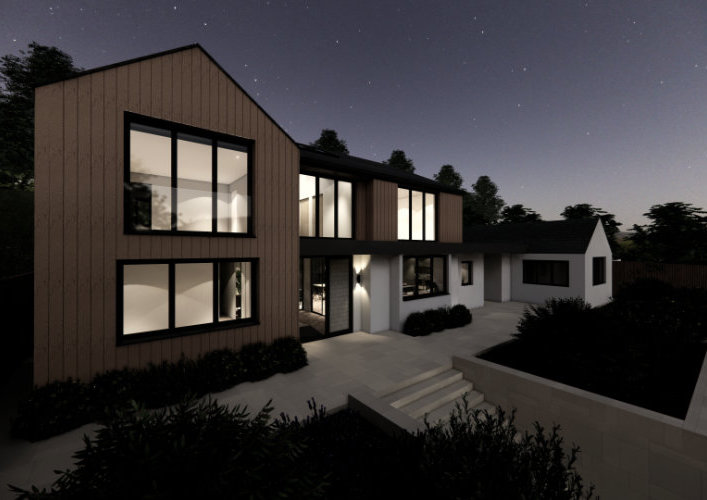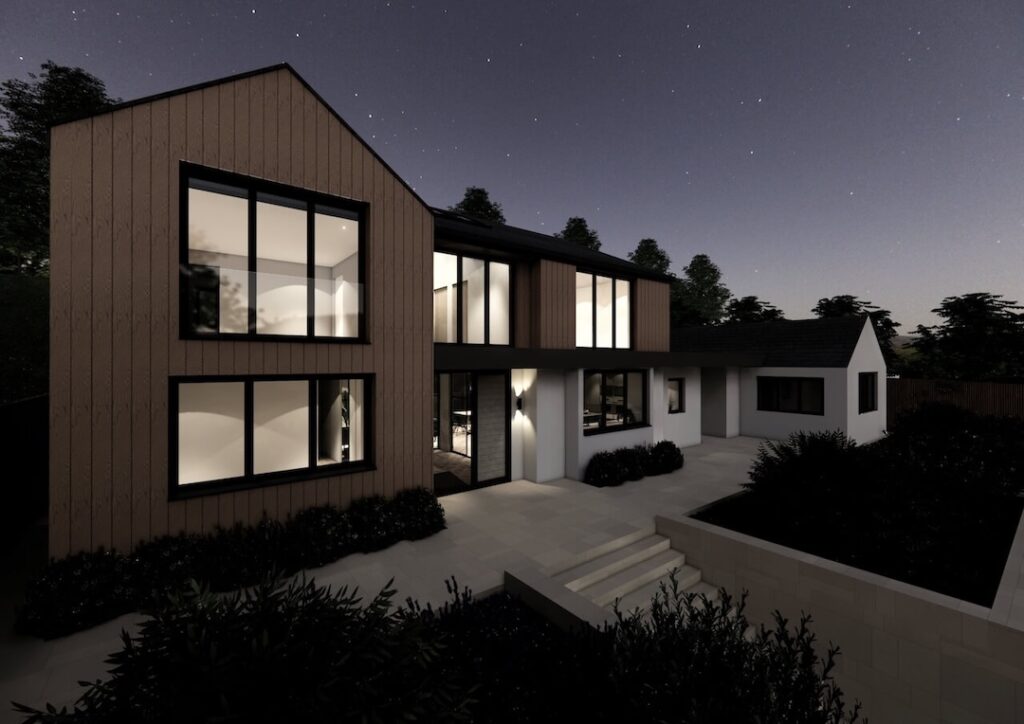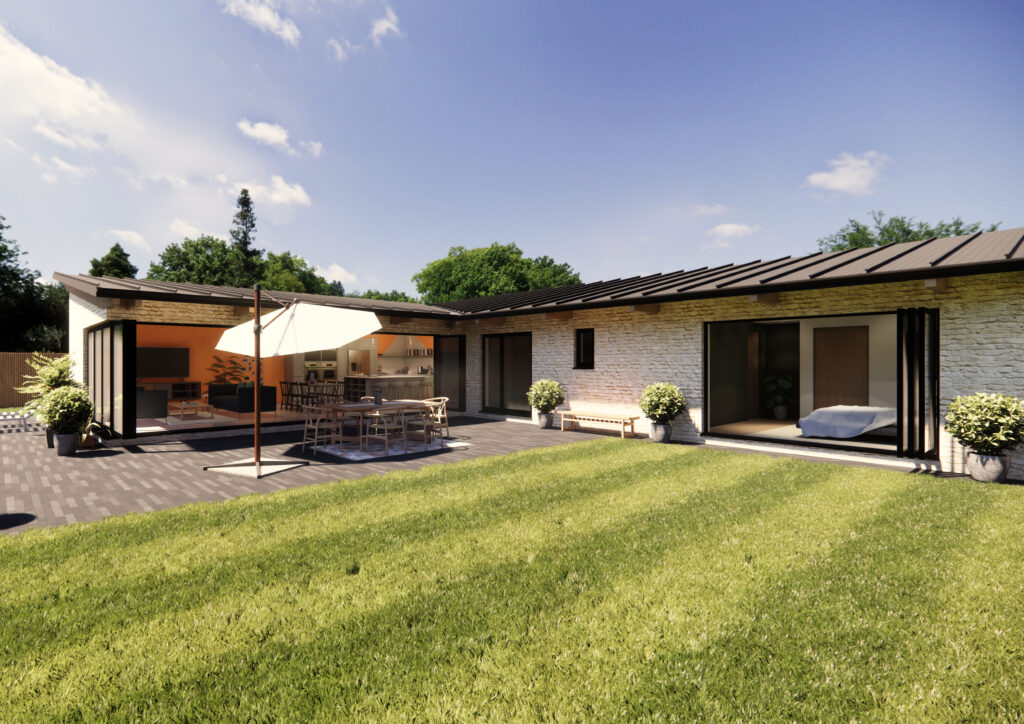What Are Permitted Development Rights?
Permitted development rights are national rules that allow certain types of building works and changes of use without submitting a full planning application. They are granted automatically through legislation known as the General Permitted Development Order (GPDO).
For homeowners, this means many extensions, loft conversions, garage conversions, and garden buildings can be constructed under permitted development rights—saving time and reducing the uncertainty of planning permission.
However, these rights are subject to limits and conditions depending on the location, property type, and previous alterations. Always check with an Architect or Local Authority to ensure you have the current information to hand.
What Can You Do Under Permitted Development Rights?
Here’s a breakdown of common domestic improvements allowed under permitted development rights in 2025:
- Single-storey rear extensions: Up to 4m (detached) or 3m (others), or up to 8m with prior approval under the Larger Home Extension Scheme.
- Side extensions: Must be single-storey and no more than half the width of the original house.
- Two-storey extensions: Up to 3m beyond the rear wall with prior approval.
- Loft conversions: Up to 50m² (detached/semi) or 40m² (terraced) with rear dormers or rooflights.
- Garage conversions: Internal changes allowed as long as you’re not enlarging the structure.
- Garden rooms and outbuildings: Up to 2.5m high (or 4m with a dual-pitched roof), not forward of the principal elevation.
- Rooflights and solar panels: Subject to size and positioning restrictions.
- Hardstanding for driveways: Permitted with sustainable drainage systems.
- EV charging points and air-source heat pumps: Allowed under 2025 rules to encourage low-carbon tech.
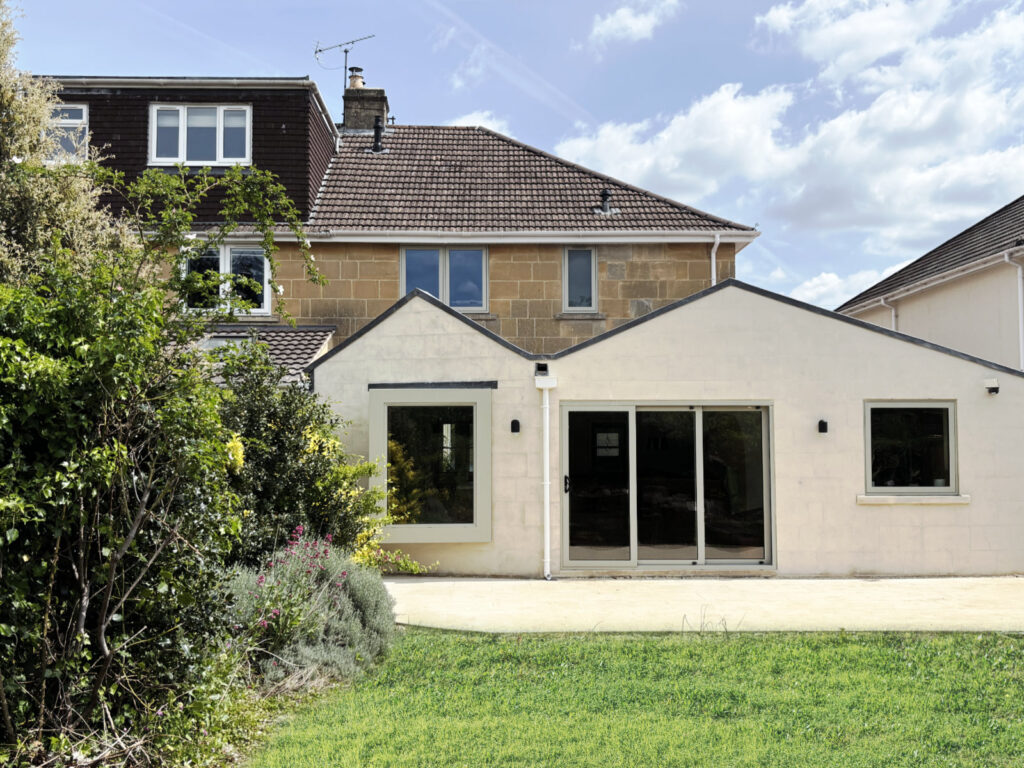
When Do You Need Prior Approval?
Some permitted development rights come with a condition that you must apply for prior approval. This is not a full planning application, but your local planning authority still needs to sign off on specific elements—such as neighbour impact or visual appearance.
Examples include:
- Large rear extensions over standard size limits
- New storeys added to houses or bungalows
- Converting agricultural buildings to homes (Class Q)
A prior approval application for a domestic extension—such as a larger rear extension under permitted development—typically takes up to 42 days for the local planning authority to make a decision. This period begins once the application is validated. If the council doesn’t respond within that timeframe, the development may be allowed to proceed by default (known as deemed consent), although it’s always best to get written confirmation. Keep in mind that the process includes a neighbour consultation period of 21 days, so it’s wise to factor in the full 6-week window when planning your project timeline.
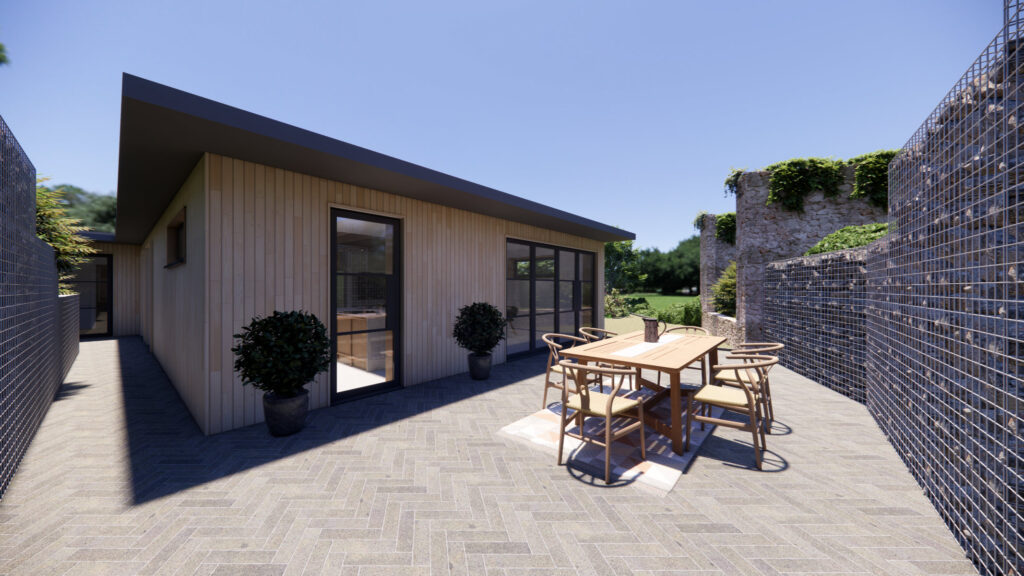
Why Apply for a Lawful Development Certificate?
Even if your proposed works qualify under permitted development rights, we always recommend applying for a Lawful Development Certificate (LDC). An LDC confirms that your proposal complies with planning rules and gives you formal legal protection. It’s particularly useful when:
- Selling your property later—buyers often request proof of lawful work
- Ensuring you’ve met all PDR conditions
- Avoiding enforcement issues during or after the build
A Lawful Development Certificate (LDC) for a proposed domestic extension usually takes up to 8 weeks for the local planning authority to issue a decision. This certificate confirms that your project meets the requirements of permitted development and doesn’t need planning permission. While it’s not mandatory, it’s strongly recommended—especially if you plan to sell the property later or want peace of mind before starting work. The 8-week timeline begins once your application is validated, so ensuring all drawings and details are accurate helps avoid delays.
Where Permitted Development Rights Don’t Apply
Permitted development rights do not apply to all homes. Restrictions exist for:
- Conservation areas and Areas of Outstanding Natural Beauty (AONBs)
- National Parks or World Heritage Sites
- Listed buildings (require Listed Building Consent)
- Flats or maisonettes (no PDR)
In some cases, local councils remove permitted development rights through Article 4 Directions. Always check your planning history.
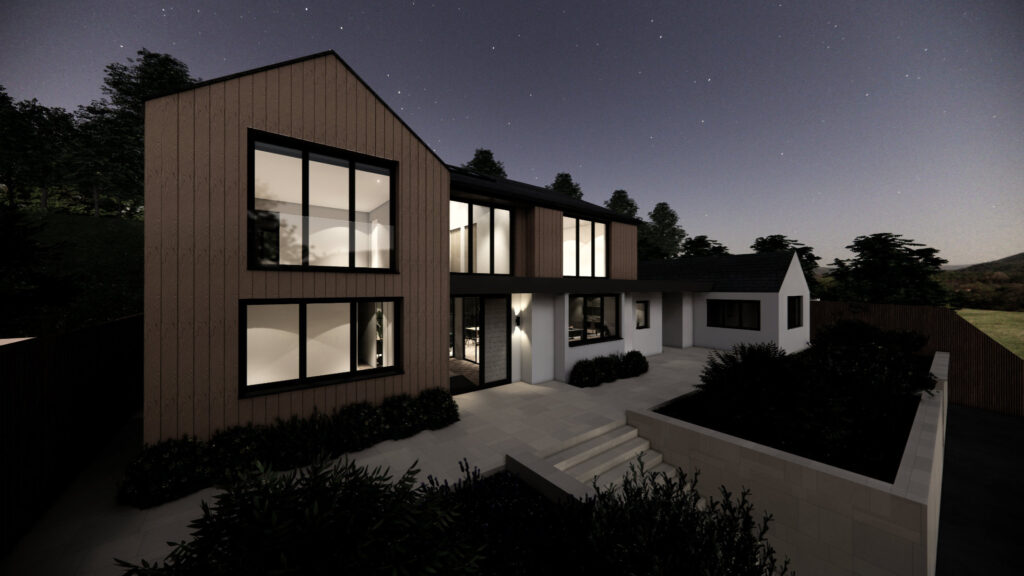
Other Key Considerations
Even when permitted development rights apply, other rules still do:
- Building Regulations: Most structural or habitable changes need compliance
- Party Wall Act: Notify neighbours if you’re building on or near a shared boundary
- Utility access: Consider drainage, electrics, and service upgrades
- Legal easements: Existing rights of way or restrictions may impact what’s possible
Common Mistakes to Avoid
Homeowners often assume that permitted development rights cover more than they do. Be cautious of:
- Misjudging height or volume limits
- Forgetting that PDRs are cumulative—previous work might reduce your allowance
- Failing to check if your home is in a restricted area
- Relying on builder advice without confirming with a planning expert
Class Q and Class MA in 2025
Recent changes to permitted development rights in 2025 have broadened the scope for rural and commercial conversions:
- Class Q (agricultural to residential): Now allows multiple dwellings up to 150m² each, offering new opportunities for rural diversification.
- Class MA (commercial to residential): Expanded to remove vacancy and floor area limits, helping regenerate empty retail and office spaces.
How to Check If Your Project Qualifies
You can check the Planning Portal website for interactive guidance, or review your local planning authority’s advice.
Better still, consult a professional architect or planning consultant. At TEA Architects, we regularly advise clients on what qualifies under permitted development rights and help secure Lawful Development Certificates when needed.
Let TEA Architects Help You Use Permitted Development Rights Confidently
Permitted development rights are a powerful tool for homeowners looking to improve, expand, or adapt their homes without full planning permission. But they’re not automatic—and getting it wrong can cause costly setbacks.
At TEA Architects, we help clients across Bath, Frome, and the South West make confident decisions about home upgrades. Whether you need design advice, help applying for a certificate, or a clear understanding of what’s possible on your site, we’ll guide you every step of the way.
Ready to improve your home? Get in touch today to explore your permitted development options. We have completed many projects using the permitted development rights. Use our contact page on our website to speak with us now.

